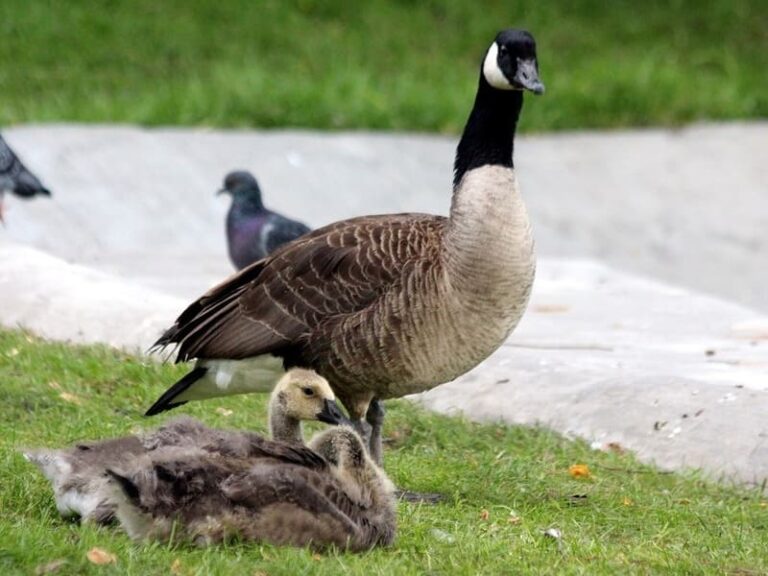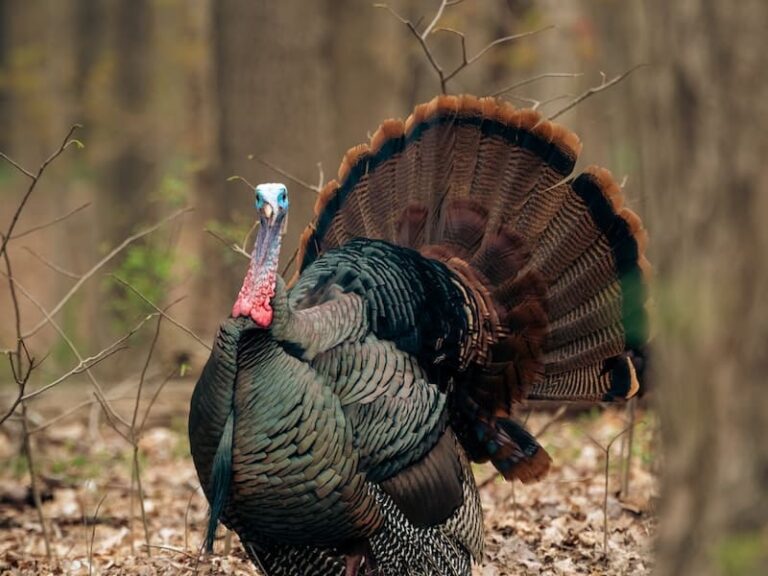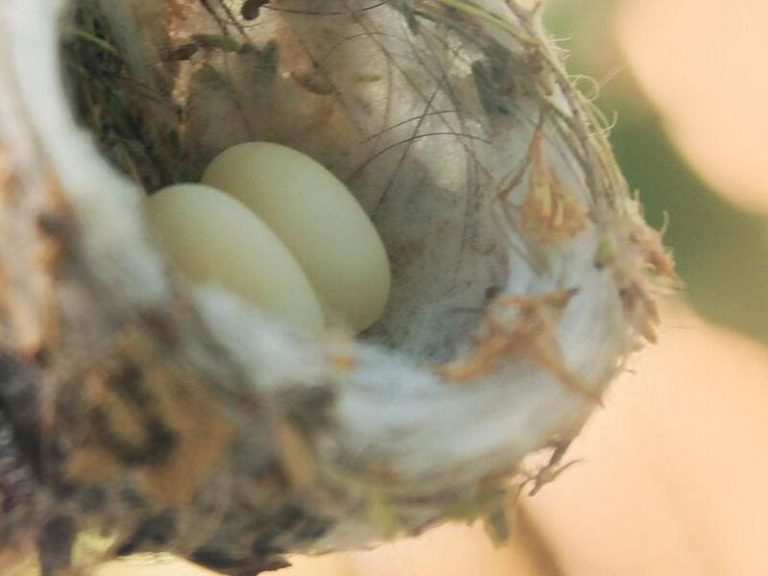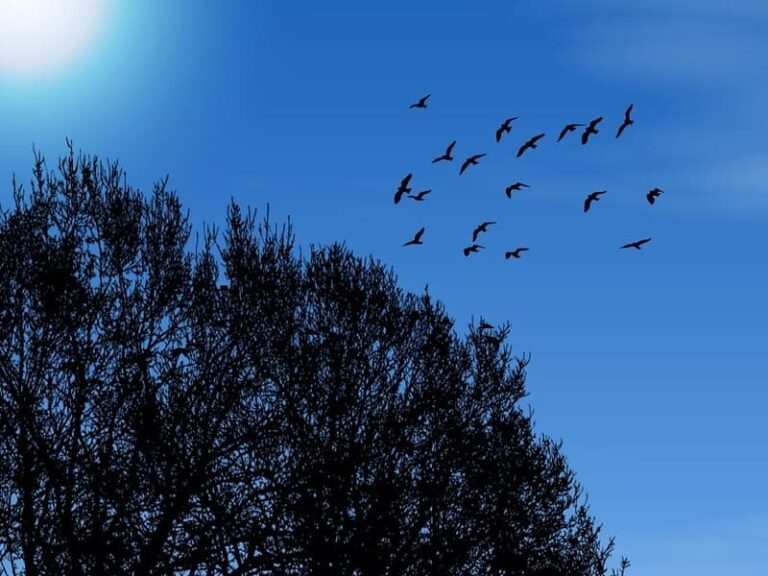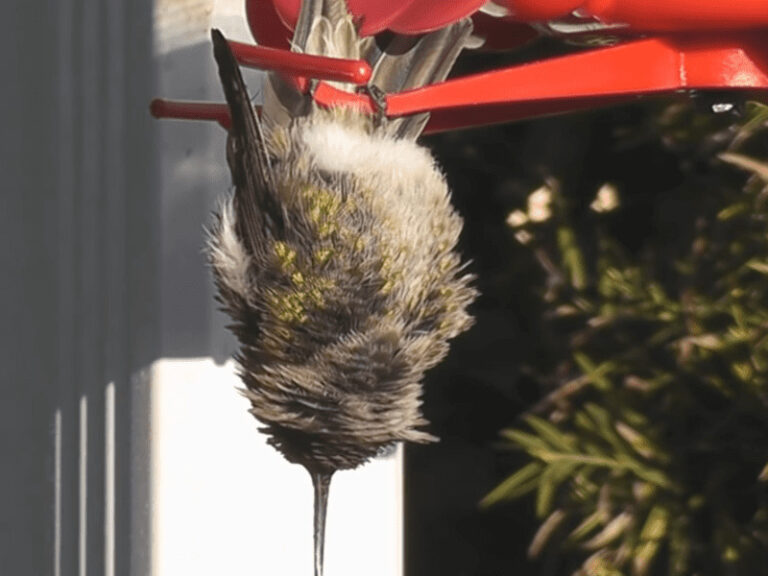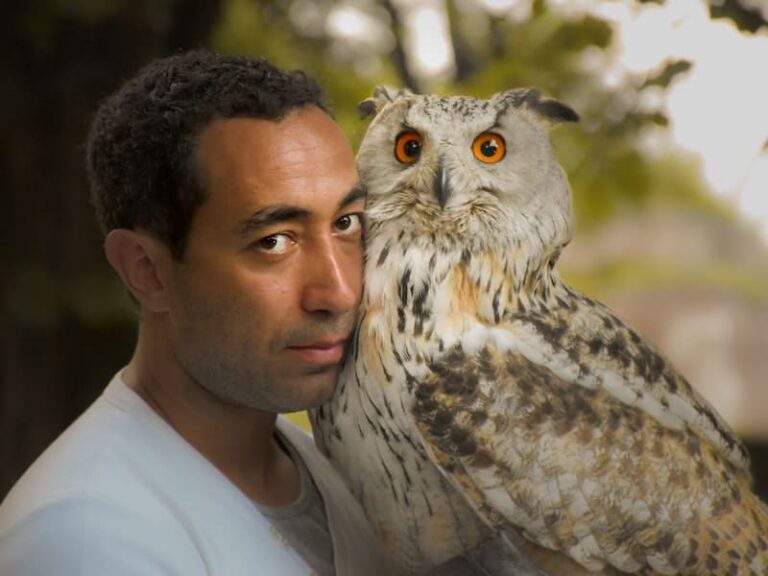Are Starling Murmurations Rare? The Definitive Guide
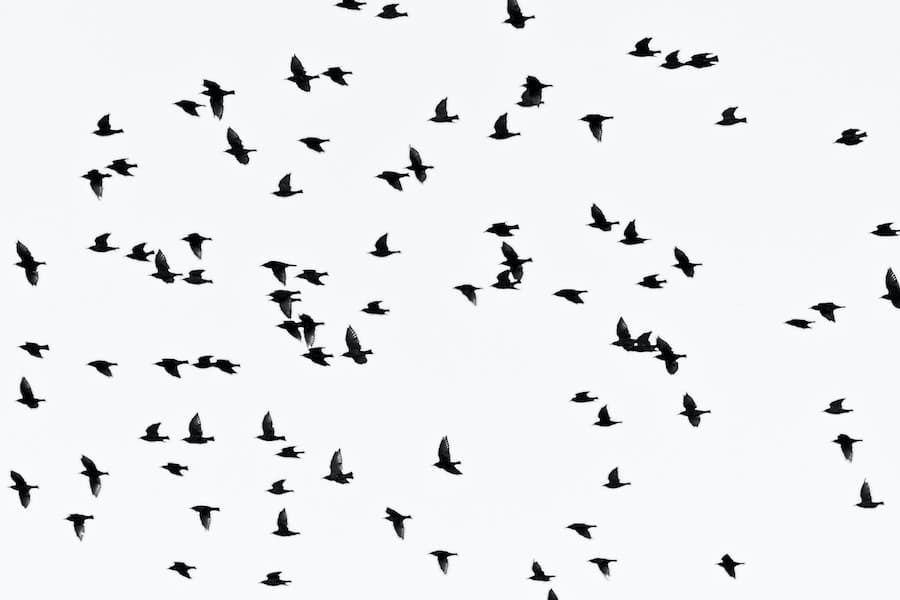
Starling murmurations are a breathtaking sight to behold, with thousands of birds moving together in a coordinated dance across the sky.
But just how rare are these mesmerizing displays of avian acrobatics? The answer is not straightforward, as there are many factors that can influence the frequency of starling murmurations in a given area.
Understanding Starling Murmurations To begin with, it’s important to understand what causes starlings to form murmurations in the first place.
These birds are highly social creatures and often gather in large flocks during the winter months. When they take to the air, they use a variety of cues to stay in sync with one another, such as following the movements of nearby birds or responding to changes in wind direction.
Frequency of Starling Murmurations The frequency of starling murmurations can vary widely depending on a number of factors.
In some areas, they may be a regular occurrence, happening every evening at sunset. In other places, they may be much rarer, only happening once in a blue moon.
Some researchers believe that the availability of food and water can play a role in the frequency of murmurations, as well as the presence of predators like hawks and falcons.
Contents
Key Takeaways
- Starling murmurations are not necessarily rare, but their frequency can vary depending on a number of factors.
- The availability of food and water, as well as the presence of predators, can influence the frequency of murmurations in a given area.
- Murmurations can have a positive impact on the environment by helping to distribute nutrients and control pests.
Understanding Starling Murmurations
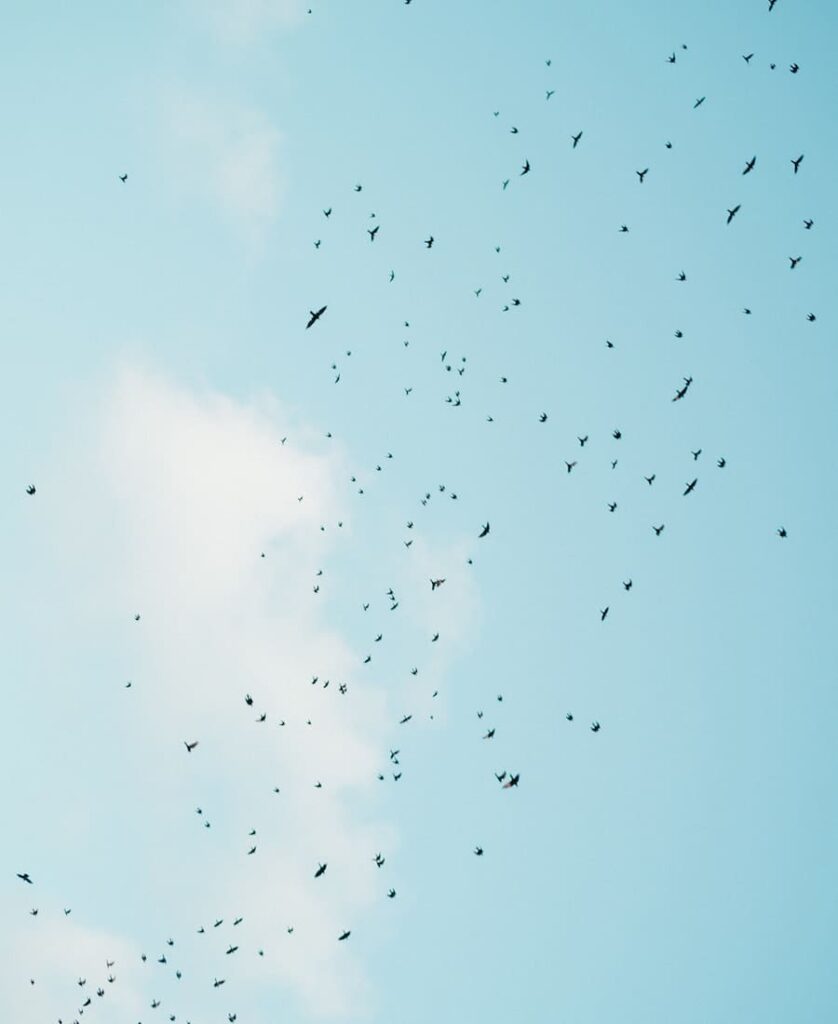
What is a Starling Murmuration
A starling murmuration is a mesmerizing natural phenomenon that occurs when a large flock of starlings fly together in a coordinated manner, creating a stunning display of swirling patterns in the sky. These flocks can contain thousands of birds and are often seen during the winter months when the birds gather to roost for the night.
The movements of the birds are so synchronized that they appear to move as one entity, almost like a single organism. The patterns they create can be complex and ever-changing, with the birds moving in unison and changing direction in a split second.
How do Starling Murmurations Occur
The exact reason why starlings form murmurations is still not fully understood, but scientists have proposed several theories.
One theory is that the birds are gathering together for safety in numbers, making it harder for predators to single out an individual bird. Another theory is that the birds are exchanging information about food sources or potential threats.
The movements of the birds are controlled by each bird’s position and velocity relative to its neighbors. Each bird is constantly adjusting its flight path to maintain the proper distance and alignment with its neighbors, creating a chain reaction that ripples through the flock.
The birds also use visual cues to coordinate their movements, with each bird tracking the movements of its seven closest neighbors. This allows the flock to change direction quickly and smoothly, creating the stunning patterns that we see.
In conclusion, starling murmurations are a beautiful and awe-inspiring natural phenomenon that continues to captivate people all over the world. While the exact reason why the birds form murmurations is still a mystery, scientists continue to study these flocks to better understand this fascinating behavior.
You can also discover the spiritual meaning of Starling’s murmuration.
Frequency of Starling Murmurations
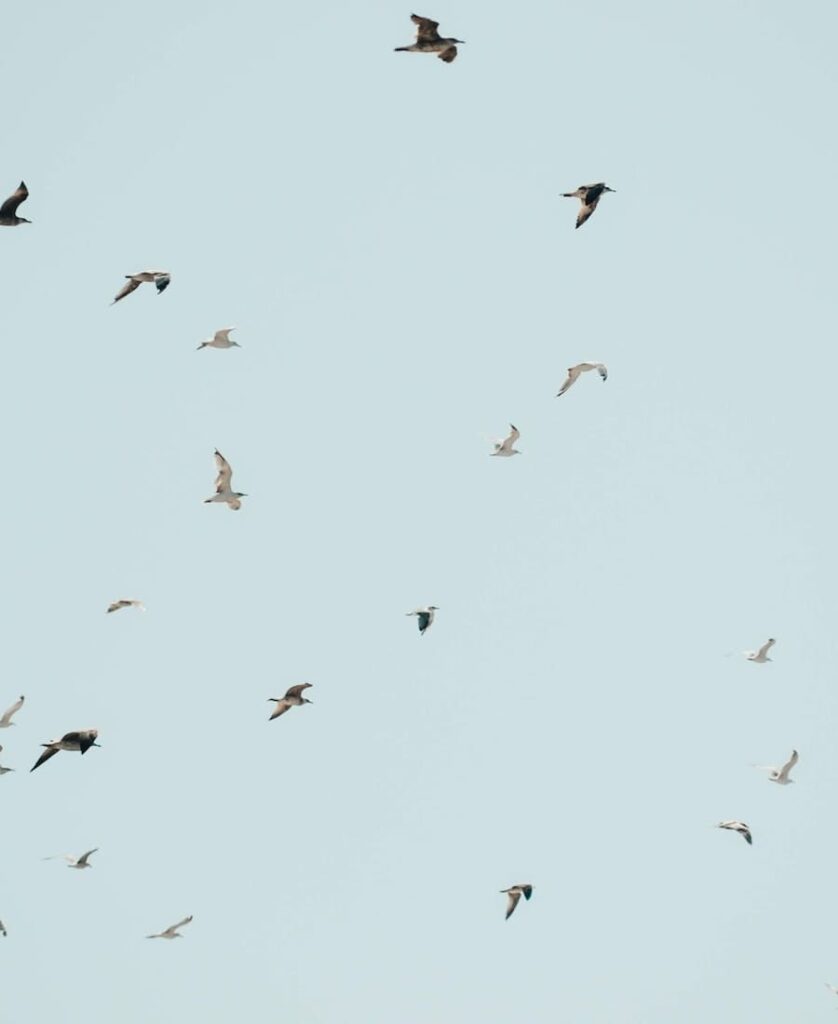
Starling murmurations are a natural phenomenon that occurs when large flocks of starlings fly together in a coordinated manner, creating mesmerizing patterns in the sky. But how often do these murmurations occur?
Seasonal Patterns
Starling murmurations are most commonly observed during the winter months, particularly from November to February. During this time, starlings gather in large flocks to roost together at night, and can often be seen performing their aerial displays just before sunset.
While murmurations can occur at any time of day, they are most commonly observed in the late afternoon and early evening, when the birds are preparing to roost for the night.
The exact timing of murmurations can vary from day to day, as it depends on a number of factors such as weather conditions, food availability, and the behavior of other birds in the flock.
Geographical Distribution
Starling murmurations are not particularly rare, and can be observed in many parts of the world where starlings are present. However, the frequency of murmurations can vary depending on the location and time of year.
In the United Kingdom, for example, starling murmurations are a common sight during the winter months, particularly in rural areas where large flocks of starlings gather to roost in hedgerows and trees. In other parts of the world, such as North America, starling populations are less dense and murmurations are less common.
Overall, while starling murmurations are not particularly rare, they are still a fascinating natural spectacle that is well worth observing if you have the opportunity.
Before leaving, read what the starling means in spirituality.
Factors Influencing Murmuration Rarity
Starling Population
The size of the starling population is a significant factor in the rarity of murmurations. According to Bird Fact, starling populations have declined in recent years due to habitat loss, pesticide use, and disease. As a result, the frequency of murmurations has decreased in some areas. In areas where starling populations are still abundant, murmurations are more common.
Environmental Factors
Environmental factors also play a role in the rarity of murmurations. For example, murmurations are more common in the winter when starlings gather in large flocks to roost. In the summer, starlings are more dispersed, and murmurations are less frequent.
In addition, weather conditions can affect the frequency of murmurations. Calm weather conditions are ideal for murmurations, while windy conditions can disrupt the synchronized movements of the flock.
Other environmental factors that can influence the rarity of murmurations include the availability of food and the presence of predators.
Starlings are more likely to gather in large flocks in areas where food is abundant, and they are less likely to form murmurations in areas where predators are present.
Overall, the rarity of murmurations is influenced by a variety of factors, including the size of the starling population and environmental conditions. While murmurations are relatively common in some areas, they may be rare or absent in others.
Impact of Starling Murmurations
On Ecosystem
Starling murmurations have a significant impact on the ecosystem. These murmurations are a natural phenomenon and are not harmful to the environment.
In fact, they can be beneficial to the ecosystem as they help in controlling the population of insects and pests. Starlings feed on insects and pests, which helps in maintaining a balance in the ecosystem.
Moreover, starlings also help in seed dispersal. They eat fruits and berries and then disperse the seeds through their droppings. This helps in the growth of new plants and trees, which is essential for the ecosystem.
On Human Perception
Starling murmurations have a profound impact on human perception. These mesmerizing displays of thousands of birds moving in unison in the sky can leave people in awe and wonder. The sight of a murmuration can evoke feelings of joy, amazement, and tranquility.
Many people consider starling murmurations as a form of art. They are often compared to dance performances, and some people even describe them as a symphony in the sky.
These displays have inspired artists, writers, and poets for centuries.
In addition, starling murmurations can also have a practical impact on humans. They can help in predicting the weather.
Starlings tend to fly in large groups before a storm or a change in weather. This behavior can be observed by farmers and sailors, who use it to predict weather patterns.
Overall, starling murmurations are not rare, but they are a unique and awe-inspiring natural phenomenon that has a significant impact on the ecosystem and human perception.
Conclusion
In conclusion, starling murmurations are not rare, but they are certainly a spectacular natural phenomenon. The synchronized movements of thousands of starlings create mesmerizing patterns in the sky that leave viewers in awe.
While the exact reasons for murmurations are not fully understood, scientists believe that they serve as a way for the birds to protect themselves from predators, exchange information, and stay warm during the winter months.
Despite their beauty and apparent regularity, starling murmurations are not always guaranteed. Factors such as weather, habitat loss, and human disturbance can all impact the size and frequency of murmurations in a given area.
Overall, while starling murmurations may not be rare, they are undoubtedly a remarkable display of nature’s beauty and complexity.
Frequently Asked Questions
What is a starling murmuration?
A starling murmuration is a phenomenon where thousands of starlings fly together in a coordinated pattern. The birds move together in a fluid motion, creating mesmerizing shapes and patterns in the sky. The murmuration is a defense mechanism against predators, as it makes it difficult for a predator to target a single bird.
Where can I see a starling murmuration?
Starling murmurations occur in many countries around the world, including the United States, the United Kingdom, and Italy.
The best time to see a murmuration is during the fall and winter months, when the birds gather in large flocks. Some popular locations to witness a murmuration include the Somerset Levels in the UK, the Bosque del Apache National Wildlife Refuge in New Mexico, and Rome’s Tiber River.
What other birds form murmurations?
Other birds that form murmurations include blackbirds, swallows, and dunlins. These birds move together in a similar pattern to starlings, creating a mesmerizing display.
How often do starling murmurations occur?
Starling murmurations typically occur during the fall and winter months, when the birds gather in large flocks. The frequency of murmurations can vary depending on the location and the size of the starling population.
Are starling murmurations common?
Starling murmurations are relatively common, but they can be difficult to predict. The size and location of the starling population can impact the frequency of murmurations in a given area.
Are starling murmurations unique to certain regions?
Starling murmurations are not unique to any particular region, as they occur in many countries around the world. However, the size and frequency of murmurations can vary depending on the location and the size of the starling population.

